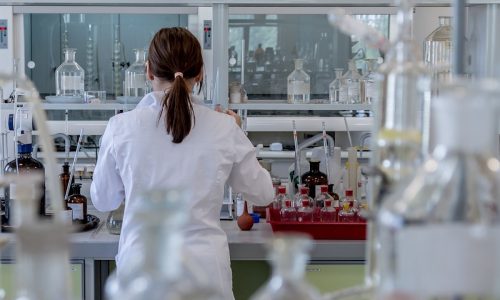
Formulation development
Formulation studies assess the bioavailability of a drug based on its particle size, pH, polymorphism, and solubility; inactive ingredients must be added in such a way that the formulation of each dosage is consistent so there is no variation from one tablet or capsule to the next. Dosages must also have a standardized
appearance and a tolerable taste, and oral medications must be fully broken down in the digestive tract.


Another factor that is considered in formulation studies is the container a drug will be stored in, whether it’s a blister pack, vial, bottle, syringe, or ampoule; plastic or glass. It’s possible that there may be interactions between the preparation of a drug and the container it’s housed in. If tablets are stored in a plastic container, will they absorb chemicals leached from the plastic? Or will the plastic absorb active ingredients from the tablets? These questions are answered during formulation studies.
When a new drug is developed, it is not developed in its final form. Instead, an active ingredient, or molecule, is identified through scientific research. Drug formulation is the process of determining the best way to deliver this active ingredient
Also known as pharmaceutical formulation, drug formulation involves combining different inactive substances with the active pharmaceutical ingredient (API) to produce an end-product for patients. In addition to selecting inactive substances to add to the active ingredient, drug formulation involves choosing the best form for a drug, whether it’s an oral suspension, tablet, or injection.
Drug formulation doesn’t just occur once in the drug development process. There are formulations for clinical trials, formulations for different dosages, and formulations for different delivery methods if more than one is desired.

